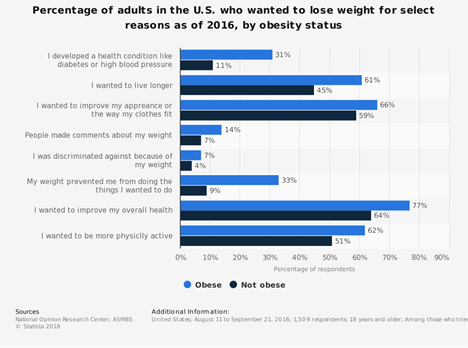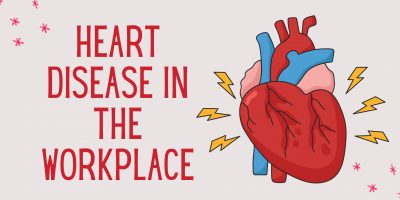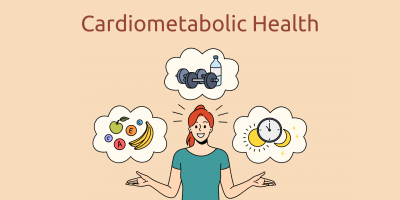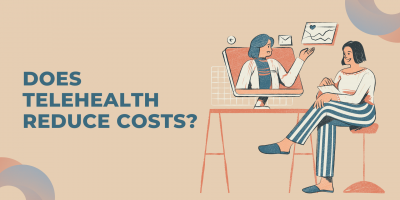
What are Health Advocacy Programs?
In response to the demand for an improved consumer experience, both employers and insurers recognized and addressed the need for health advocacy programs.

Modern lifestyle has caused a surge in obesity throughout the world and, coupled with it, the intention for weight loss has also increased. Losing weight requires both willpower and dedication; however, even more important is knowing the right methods and lifestyle changes that must be adopted to achieve permanent changes.
Employers should be invested in the health and wellbeing of their employees, as a healthy employee is more productive, has fewer health issues, and costs the company less in benefits. In this article, we will shed some light on what the science says about losing weight and its importance for employees.




Losing weight is a commitment that many make, yet most have trouble keeping. Gaining knowledge may be the best approach to losing weight. Having a fact-based approach and trusting the science behind it is a safe way to achieve weight loss. Companies can help their employees with weight management programs.
Browse our curated list of vendors to find the best solution for your needs.
Subscribe to our newsletter for the latest trends, expert tips, and workplace insights!

In response to the demand for an improved consumer experience, both employers and insurers recognized and addressed the need for health advocacy programs.

As heart disease and work stress are closely linked, the question remains: Can the stress caused by work be so severe that it causes a heart attack?

With less than 7% of Americans in optimal cardiometabolic health, the urgency for workplace interventions has never been clearer.

Could telehealth be the transformative solution to skyrocketing healthcare costs in our digital era?
Used by most of the top employee benefits consultants in the US, Shortlister is where you can find, research and select HR and benefits vendors for your clients.
Shortlister helps you reach your ideal prospects. Claim your free account to control your message and receive employer, consultant and health plan leads.